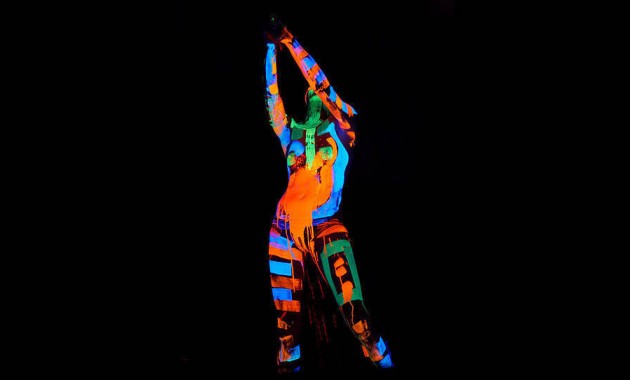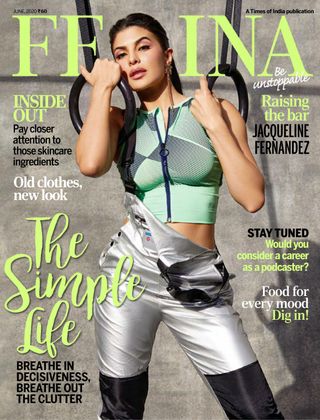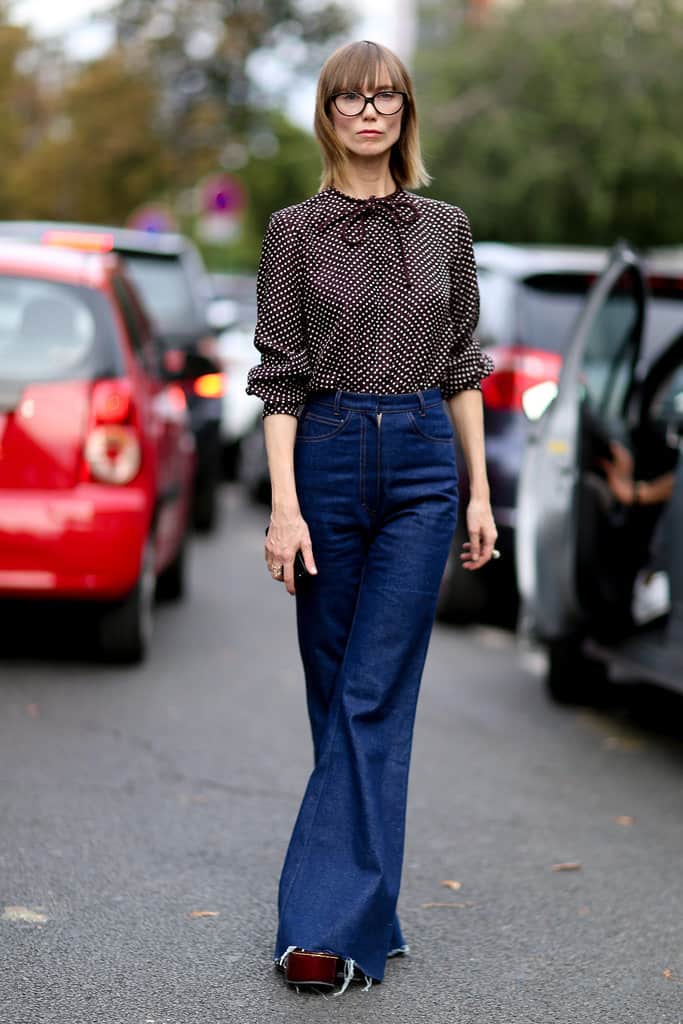
Louise Bourgeois was a sculptor who lived from 1911 to 1964. She created a large body of works over 71 years. She worked with a variety mediums including drawing, paintings and sculpture. Her early works were a reflection of her Parisian upbringing. She experienced a traumatizing childhood due to her father's philandering. He brought his mistress home with him while Bourgeois still a small child. She was upset by the relationship of her parents, and her art became a therapy for her.
Using spiders as a motif throughout her career, Bourgeois often associated them with her mother. In her childhood, Bourgeois was surrounded by tapestries and began to associate the weaving process with maternal care. Bourgeois used her spider drawings and sculptures to explore the idea that the arachnid was a female protector.
Her first arachnid was drawn in 1947. This marked the beginning of her series, which led to the famous steel spiders. These monumental works are a combination of art, science, and architecture. The arachnid combines body, head and wing elements from an insect to create a sculptural shape that is both sinister and sexy.
Bourgeois, who was awed by spiders and saw them as makers and weavers who built large structures using their bodies, viewed them differently. Her spiders were often made from heavy bronze or steel, and their slender legs and delicate bodies belie their heaviness.

Bourgeois continues to use the spider in her sculptures as a symbol for femininity and safety. In the 1990s she created a collection of works that featured the spider as an evocative female figure.
The artist once stated that the arachnid represented her mother, who was "deliberate" and "clever", as well as "patient, soothing, reasonable," dainty and subtle, indispensable, neat, and useful.
Her sculptures often reflected her angry personality. For example, her sculpture Fallen Woman 1980 features a woman’s head attached with a handle in the shape of a phallic, which resembles a club.
This theme of violence against women would recur in her sculptural works. She would portray the women that she knew as being a fallen angel and use their body as a weapon to convey this thought.
Another motif is the hand. Give or Take, 2002 shows a two-handed arm that opens and shuts when it is moved. This piece is meant to comment on the tensions that exist between independence and dependence.

She created Personages 1946-1955, which are among her early sculptures. These totem-like wooden sculptures were grouped together to create installations, and depicted individuals with whom she had a relationship. The figures were a reflection of her own identity as an expatriate and were the result of her homesickness for her family back in France.
Maman casts a strong psychological and cognitive shadow is one of her most recent sculptures. She stated that she had not yet been able to let go of her anger over her childhood and the pain that her parents had caused her, but that her sculptures helped her process this painful emotion.
FAQ
What is a fashion trend, exactly?
A fashion trend is a set or rules of dressing up. It is a way for you to express yourself through clothes. Fashion trends can include hairstyles and colors.
When you think back to the past few years, it is likely that you noticed that many women wore skirts rather than pants. Skirts became less popular in 2000, but then they returned to fashion for a while. Now they've made a comeback.
It happened the same way with dresses. Dresses were once popular, but then they vanished. Then, they returned.
You don't have to follow the fashion trends. It's possible to be different.
How can I tell which style is right for me?
Because you are unique, it is easy to determine which style of clothing will look best on you. You can easily figure out what suits you best by looking at yourself in the mirror.
Some people look great in certain clothing styles while others look amazing in other styles.
If you are shopping for a specific style, it is important to take into consideration your personal preferences.
For example, if you like wearing dresses, then it might be worth trying different styles.
What is the main difference between high-end clothes and cheaper clothing?
Cheap clothing is often low-quality and lacks many features. High-end clothing is typically more expensive but offers many additional features.
Celebrities and models are more inclined to buy high-end clothing brands. These clothing styles are frequently seen at red carpet events or runway shows.
What are the most popular fashion trends?
Trends are short-lived fads. They are short-lived fads that change frequently. Fashion designers know this and have an eye on what is hot right now.
They create collections based upon current trends, and then they sell them at different times throughout year. These collections are often referred to as "seasonal" since they change with the seasons depending on when they are made.
The best time to design fashion is spring/summer. This is because the summer months are more light-weight and airy.
As winter approaches, clothing tends become heavier and warmer. This is when people are more likely to wear sweaters, scarves (boots), gloves and coats.
Do I really need to pay so much for a pair of pants?
Pants can cost between $10 and $100. You could spend as much as $1,000 on a single pair.
You don't necessarily need to spend this amount of money. You should think about whether you really need to spend that much on pants.
This is especially true for pants that you intend to wear every day. A good pair of pants should last at least a year.
Where can I find the latest fashion trends in my area?
Many people can create fashion trends. This includes stylists as well photographers, models and celebrities. Trends come in all shapes and sizes, and they are constantly changing.
Trends change because of what's going on around us. People desire clothes that reflect who we are, what we know and how we feel.
People want to express themselves through clothes. They want their style to reflect their personality.
They want the opportunity to stand out from others.
Statistics
- The lowest 10 percent earned less than $32,150, and the highest 10 percent earned more than $124,780. (en.wikipedia.org)
- The middle 50 percent earned between $42,150 and $87,120. (en.wikipedia.org)
- Also, they are known for offering up to 50% off quite often – always wait for the sales with Express! (collegefashion.net)
- STUDENTS GET 10% OFF GET YOUR CODE (asos.com)
- Another ethical fashion company, [43] Consumption as a share of gross domestic product in China has fallen for six decades, from 76 percent in 1952 to 28 percent in 2011. (en.wikipedia.org)
External Links
How To
How To Dress Cute
It's the art of dressing up and looking good, without making you appear too doll-like.
This tutorial will show you how to make your outfit beautiful.
-
You should make sure your clothes fit well. If you don't have the right clothes, it's difficult to look stylish.
-
You can add accessories to your outfits. For example, if you're wearing a skirt, add a belt that complements the length of your skirt. You can also add a scarf or necklace to match the color scheme to a top.
-
Look your best in something that really pops! There have been many girls who looked so adorable in jeans and t-shirts but were transformed when they wore sparkly earrings and bright red lipstick.
-
Smile! Smile, even if you feel sad or depressed. That's what people find attractive.
-
Be creative! You can try on different clothing items at a clothing store. You can then go online and find the best colors for you.
-
Explore new styles! Don't be afraid to try out new styles. Don't overdo it.
-
Have fun Have fun with it all! Have fun and enjoy!
-
Remember that everyone is unique. It doesn't matter if something looks cute to you, it might not look cute to someone else.